Block programming, a type of programming utilizing graphical blocks to represent code, is a valuable tool for introducing children to programming concepts without the complexities of syntax or intricate commands (Grover & Basu, 2018).
How does block programming help children?
Block programming offers an array of benefits for chil dren’s cognitive development and skill acquisition. The following advantages underscore its significance:
dren’s cognitive development and skill acquisition. The following advantages underscore its significance:
1. Develops Problem-Solving Skills: Programming inherently involves breaking down complex problems into manageable steps and translating them into code. This process fosters critical thinking skills crucial for problem-solving across domains (Resnick, 2017; Voogt & Roblin, 2012).
2. Encourages Creativity: By allowing children to design and implement their projects, block programming promotes creativity and innovation, an essential component of modern education (Kafai & Burke, 2014; Mit Media Lab, n.d.).
3. Teaches Fundamental Computer Science Concepts: As children engage in block programming, they grasp basic computer science concepts like variables, loops, and functions. These conceptual foundations establish a platform for more advanced learning (Wilson, 2016).
4. Ease of Learning and Use: The visual nature of block programming makes it accessible and comprehensible for children, ensuring a smoother learning curve. Furthermore, the availability of online tutorials and resources supports self-guided learning (Papert, 1980; Sáez-López, Román-González, & Vázquez-Cano, 2016).
5. Diverse Range of Features: The diverse array of block programming languages caters to varied interests and preferences, allowing children to engage with platforms that resonate with their inclinations (Brennan & Resnick, 2012).
 How can parents assist their children in learning block programming?
How can parents assist their children in learning block programming?
Parental involvement plays a pivotal role in fostering children’s engagement with block programming. The following strategies can facilitate effective parental support:
1. Start with the Basics: Parents should select a block programming language appropriate for their child’s age and cognitive development to ensure a seamless introduction (Papadakis & Kalogiannakis, 2019).
2. Cultivate Patience: Acknowledging that programming proficiency demands time and perseverance, parents must exhibit patience and encourage persistent efforts (Hassan & Joyce, 2018).
3. Foster Creative Expression: By permitting children to design projects aligned with their interests, parents encourage creative expression and hands-on learning (Horn, Ives, & Hutton, 2018).
4. Provide Guided Assistance: While offering assistance when children encounter obstacles, parents should prioritize guiding and facilitating learning rather than providing direct solutions (Gentile et al., 2018).
5. Harness Online Resources: The wealth of online resources, including tutorials, project ideas, and interactive platforms, empowers parents to extend their child’s block programming journey (Gu, Zhu, & Guo, 2016).
Conclusion
Block programming emerges as an effective vehicle for children to grasp programming fundamentals while fostering creativity and critical thinking. Its user-friendly nature, coupled with parental guidance and the availability of online resources, paves the way for a constructive educational experience.
References
Brennan, K., & Resnick, M. (2012). New frameworks for studying and assessing the development of computational thinking. *Proceedings of the 2012 Annual Meeting of the American Educational Research Association*, 1-25.
Grover, S., & Basu, S. (2018). Effects of block-based programming on programming self-efficacy and achievement in K-12 computer science education. *ACM Transactions on Computing Education (TOCE), 18*(4), 1-28.
Gu, X., Zhu, H., & Guo, Y. (2016). Effectiveness of computer programming in K-12 education: A meta-analysis. *Educational Technology & Society, 19*(3), 391-403.
Hassan, H. S., & Joyce, D. (2018). The effects of using Scratch on improving Programming Self-Efficacy and Motivation among 9th Graders. In *2018 IEEE Frontiers in Education Conference (FIE)* (pp. 1-7). IEEE.
Horn, M. S., Ives, K. A., & Hutton, R. J. (2018). Block-based programming in undergraduate CS courses: Transitioning from Alice to App Inventor. In *2018 IEEE/ACM 40th International Conference on Software Engineering: Software Engineering Education and Training (SEET)* (pp. 1-10). IEEE.
Kafai, Y. B., & Burke, Q. (2014). Computer programming goes back to school. *ACM Transactions on Computing Education (TOCE), 14*(1), 1-21.
Mit Media Lab. (n.d.). Scratch. Retrieved from https://scratch.mit.edu/
Papadakis, S., & Kalogiannakis, M. (2019). Programming in K-8: A systematic review. *Educational Technology & Society, 22*(2), 69-82.
Papert, S. (1980). Mindstorms: Children, computers, and powerful ideas. *Basic Books*.
Resnick, M. (2017). *ScratchJr: Programming for kids* (1st ed.). ScratchJr.
Sáez-López, J. M., Román-González, M., & Vázquez-Cano, E. (2016). Are you ready to use Scratch in your introductory programming class? A case study on the effectiveness of multimedia materials. *Computers in Human Behavior, 64*, 810-819.
Voogt, J., & Roblin, N. P. (2012). A comparative analysis of international frameworks for 21st century competences: Implications for national curriculum policies. *Journal of Curriculum Studies, 44*(3), 299-321.
Wilson, K. (2016). *Block programming: A beginner’s guide*. Packt Publishing.

